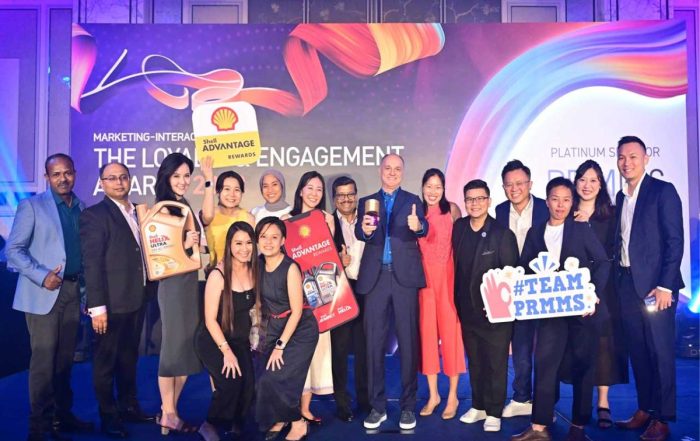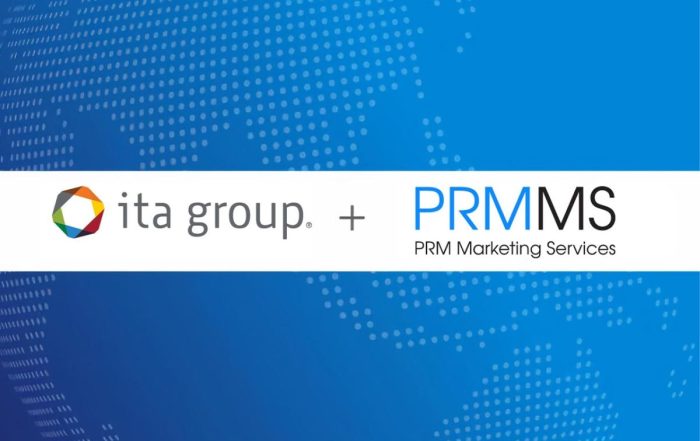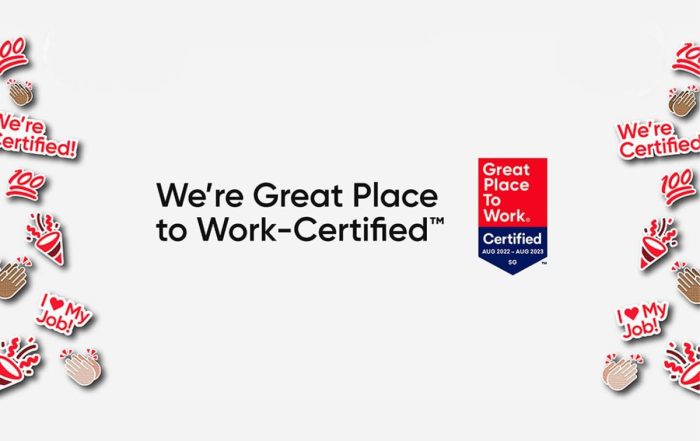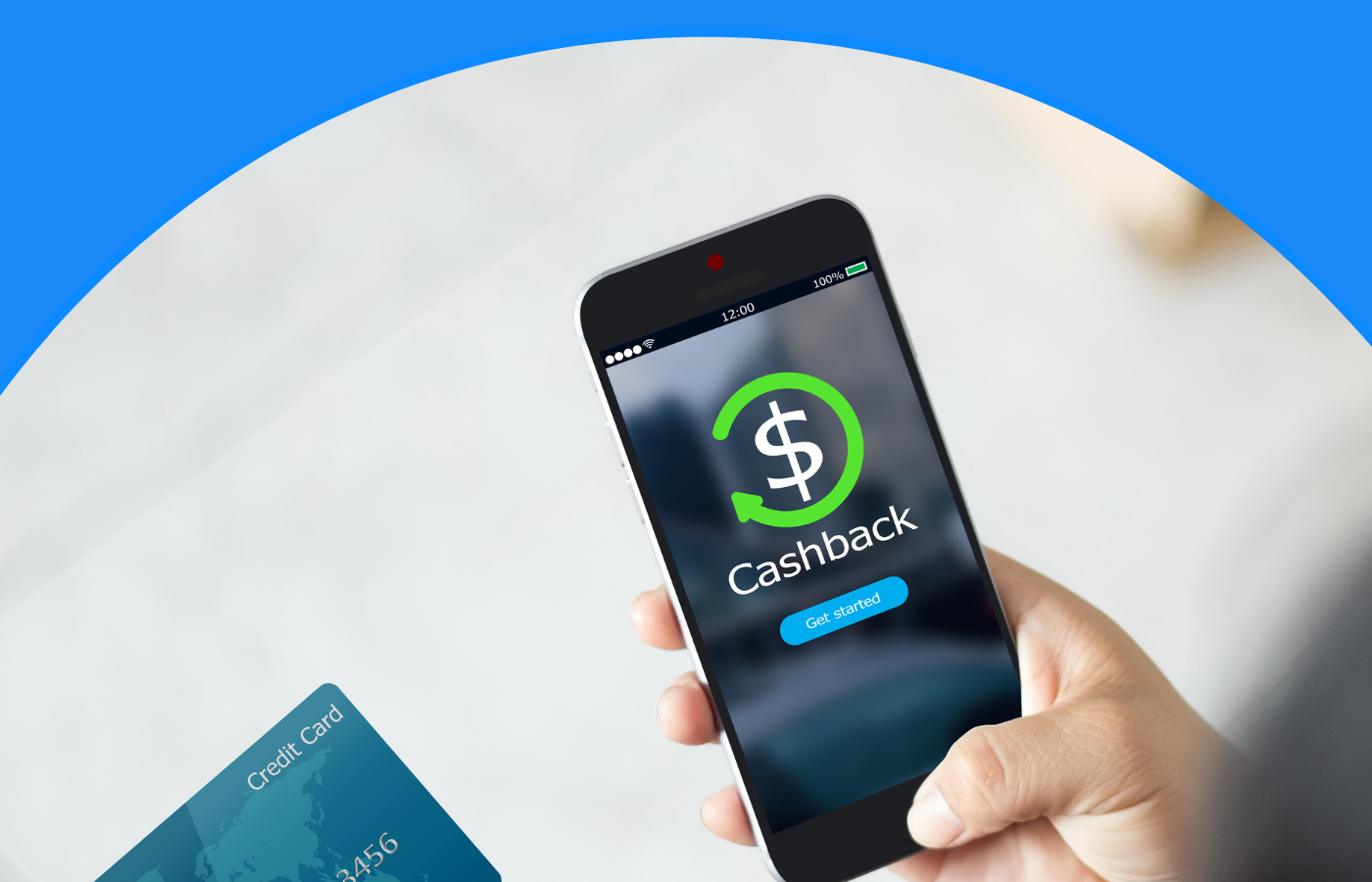Emergence Of PRM And Channel Incentive Programs
Ecosystem Drives PRM Evolution
There is no doubt globally, channel partner businesses have suffered significantly since the pandemic started. Lower B2B demand, disruptions on the global supply chain, and lack of appropriate digital infrastructure have further compounded the problem for the channel partners.
Even though there were signs of digitalization advancement before the pandemic started, it was slow and limited to specific customer segments, markets, and industries. As digitalization lagged in the B2B market in general and the Channel network in particular, the impact during the pandemic has been significant and profound. The pandemic brought forward three critical effects on the channel ecosystem.
- Changes in buying patterns of B2B customers
- Channels’ approach to doing business in future
- Convergence of PRM and Channel Incentive programs
Sounds apparent in many situations, but these are significant changes to how the channel ecosystem will function in the future. This will also redefine how the brands need to engage the channel partners and find new ways to enhance the partner engagement models.
To better understand how these impacts will influence the PRM of the future, let’s look at each of these above challenges in detail.
Changes In Buying Patterns Of B2B Customers
The buying patterns of B2B customers are changing with increased digitalization within B2B organizations. The past decades’ traditional channel ecosystem has been changing to keep pace with brands’ go-to-market strategies. As a result, the market faces a significant transformation in channel relationships between vendors, distributors, partners, and customers.
Partner Relationship Management (PRM) and Channel Incentive programs can play an essential role in bridging the buying behaviour and digitalization gap and bringing closer interaction with the brands.
Channel ecosystems are facing unprecedented transformational challenges more than ever fuelled by several important factors such as
- more and more business buyers are involved due to changing corporate structures and decision-making process
- new business models such as cloud and various “as-a-services” emerge, and the business model between brands and channels needs realignment
- strong midmarket demand continues to be the focus of growth for the next decades
- increased globalization and open market policies will impact brands’ reliance on extended channel networks for go-to-market and B2B customer support
- structure and role of vast channel networks evolve as businesses decentralize functions and bring efficiency to operations
To address some of these issues, PRM programs will play a crucial role in defining, enabling, and supporting both the organization and the channel partners to function efficiently. New generation PRM programs require:
- Providing an integrated commerce environment
- Help partners order faster and easier
- Define and transition partners to operate in a service-driven environment
- Establish KPIs and measurements appropriate for each partner segment
- Scale to support wider breadth and depth of extended partner network geographically and hence lowering the cost of operations while having improved efficiency
PRM programs need to evolve to address the challenges due to the pandemic and develop a cohesive ecosystem of operating models to bring enhanced value to the brands and markets to create a sustainable future.
Channel Marketing And PRM
Modern marketing is digitally integrated, proactive, personalized, and multichannel. Traditional channel marketing remains fragmented, non-scalable, and resource-intensive, making it complex and, to some extent, also complicated. Channels and channel partners are less technology savvy and digital-oriented. With rapid digitalization, organizations are under pressure to find ways to enhance partner marketing efficiency.
PRM can address the marketing complexities by establishing agile program design, integrated platforms, and operational execution to bring excellence to partner relationship management. As the partner ecosystem changes, channel marketing must transform to stay relevant to partner needs. Channel Marketers can help partners adapt to new go-to-market models and leverage data, insights, and personalization to drive engagements. At each stage of the partner journey, the channel marketers set targets based on objectives and partner potentials, activating triggers to action, incentives to motivate, and helping take measures to achieve KPIs.
Long-term and robust channel relationships can be established through PRM and Channel Incentive programs based on transparency, trust, and outcome. A well-designed PRM and Chanel Incentive program will help track, measure, and communicate the goals and objectives with partners and achieve the results by incentivizing the correct behaviour. These are possible with a high degree of personalization, individual or group goal settings, competitions, and gamification.
With new technologies, PRM programs have started incorporating Artificial Intelligence, Machine Learning, and advanced Data Analytics to provide dynamic segmentation, predictive content, and deep personalization. This helps channel marketers utilize valuable information on partner behavior, potentials, and insights to make better decisions.
Convergence Of PRM And Channel Incentive Programs
Most B2B organizations depend heavily on indirect channels to accelerate growth and market development. Channel marketing teams in the organization operate various initiatives such as marketing and incentive programs. Each program runs on its own objectives and goals. It is not uncommon to find that many different channel marketing and incentive programs operate in an organization simultaneously using multiple platforms, processes, and structures. These create inefficiencies and, most importantly, consume organizational resources such as time and money and make redundancies.
In fact, on many occasions, these programs pursue overlapping objectives, data inputs, and worse, even over incentivizing for the same actions. Due to the lack of integrated and centralized PRM systems, it is difficult and sometimes impossible to track, measure, and consolidate the overall impacts each program delivers.
Channel marketers realize that having an integrated PRM platform, a set of well-defined channel processes, and access to industry best practices will bring significant advantages to channel engagement, such as:
- unified channel view – access initiatives past and present
- avoid redundancies – leverage information and assets available
- partner experience – simplify processes and messages
- better ROI – reuse and consolidate to save cost
- consolidated data – comprehensive analytics and insights
Well-designed PRM and Channel Incentive programs help manage and achieve these objectives faster. Further, these solutions integrate with commerce, sales, marketing, and services to give a unified front to the channel partners to interact with the brands seamlessly.
As organizations plan their channel strategies for the 2020s, a few key areas need alignment:
- flexible program design
- comprehensive data strategy
- compliances with corporate and regulatory requirements
- adherence to social, ethical, and environmental responsibilities
As distribution channel management goes through technological and digital transformation, PRM and Channel Incentives solutions bring a competitive advantage for brands in their channel relationships. Channel marketers play a pivotal role in engaging, designing, and driving great channel programs in the future. PRM programs will help redefine the new channel ecosystems, which positively impact the organization, society, and environment for the greater good.












